COMSOL has the best multiphysical simulation capabilities in my experience. Technical support from Elisa at TECHNIC as well as the engineers at COMSOL has been great.
COMSOL is an important part of our research in plasma physics. We use it in the design of plasma systems and it helps us to obtain a greater understanding of the underlying physics. We have always valued the quick support from TECHNIC and COMSOL and it has been a pleasure to work with them.
Comsol has become a valuable part of our design and decision making process. The exceptional flexibility and access to the physics and solvers in Comsol has allowed us to have deeper understanding on thermomechanical solutions. Technic and Comsol have always been quick and helpful to resolve any issues and provide helpful advice on their products.
At Scion we use COMSOL Multiphysics to understand energy processes, such as the interplay of non-linear solid mechanics and heat & mass transfer during biomass compaction, to design new or more efficient processes.
We use COMSOL Multiphysics to design the customised muffler. With it, we can simulate the insertion loss at different spectrum with different muffler designs.
Analyse and optimise processes found in the pharmaceutical, biomedical, food, and other industries with the Porous Media Flow Module, an add-on to the COMSOL Multiphysics® software. Model transport phenomena in porous media using Darcy's law, including variably saturated porous media flow. More advanced models include fast flow with the Brinkman equations, multiphase transport, fracture flow, or non-Darcian flow. For the most realistic and accurate models, multiphysics capabilities include nonisothermal flows in porous media, effective properties for multicomponent systems, poroelasticity, and transport of moisture and chemical species.
Agricultural, chemical, civil, and nuclear engineers and scientists all need to simulate different types of processes in porous media, which is why the Porous Media Flow Module provides a comprehensive set of modelling tools in this area. These tools are packaged into physics interfaces, which automatically set up and solve the equations specific to the type of physics you are modelling.
Explore the features and functionality of the Porous Media Flow Module in more detail by expanding the sections below.
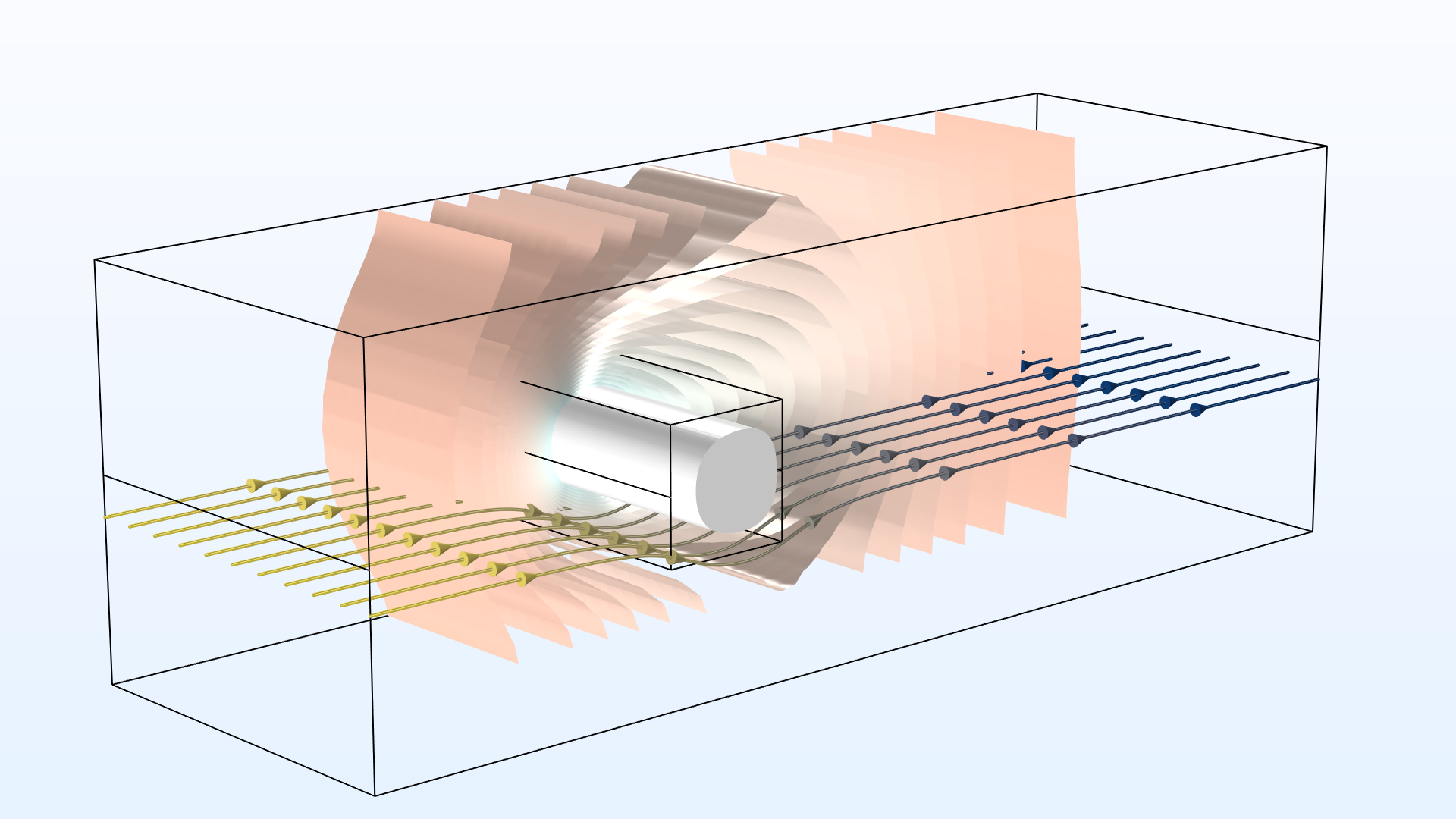
Fractures within a porous media effect the flow properties through the porous matrix. The Fracture Flow interface solves for pressure on internal (2D) boundaries within a 3D matrix, based on a user-defined aperture. The computed pressure is automatically coupled to the physics describing the porous media flow in the surrounding matrix, an approximation that saves time and computational resources involved in meshing the fractures.
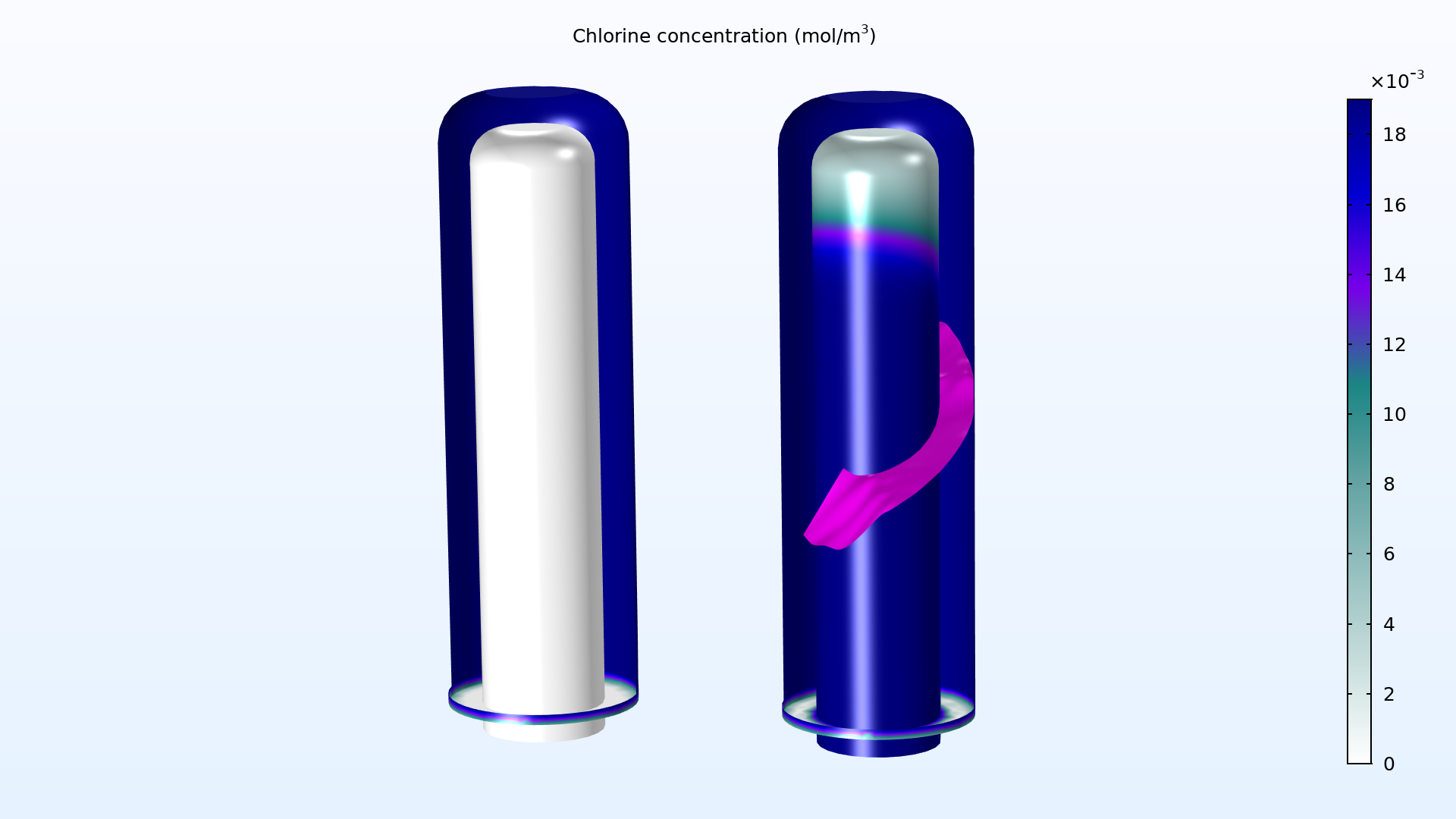
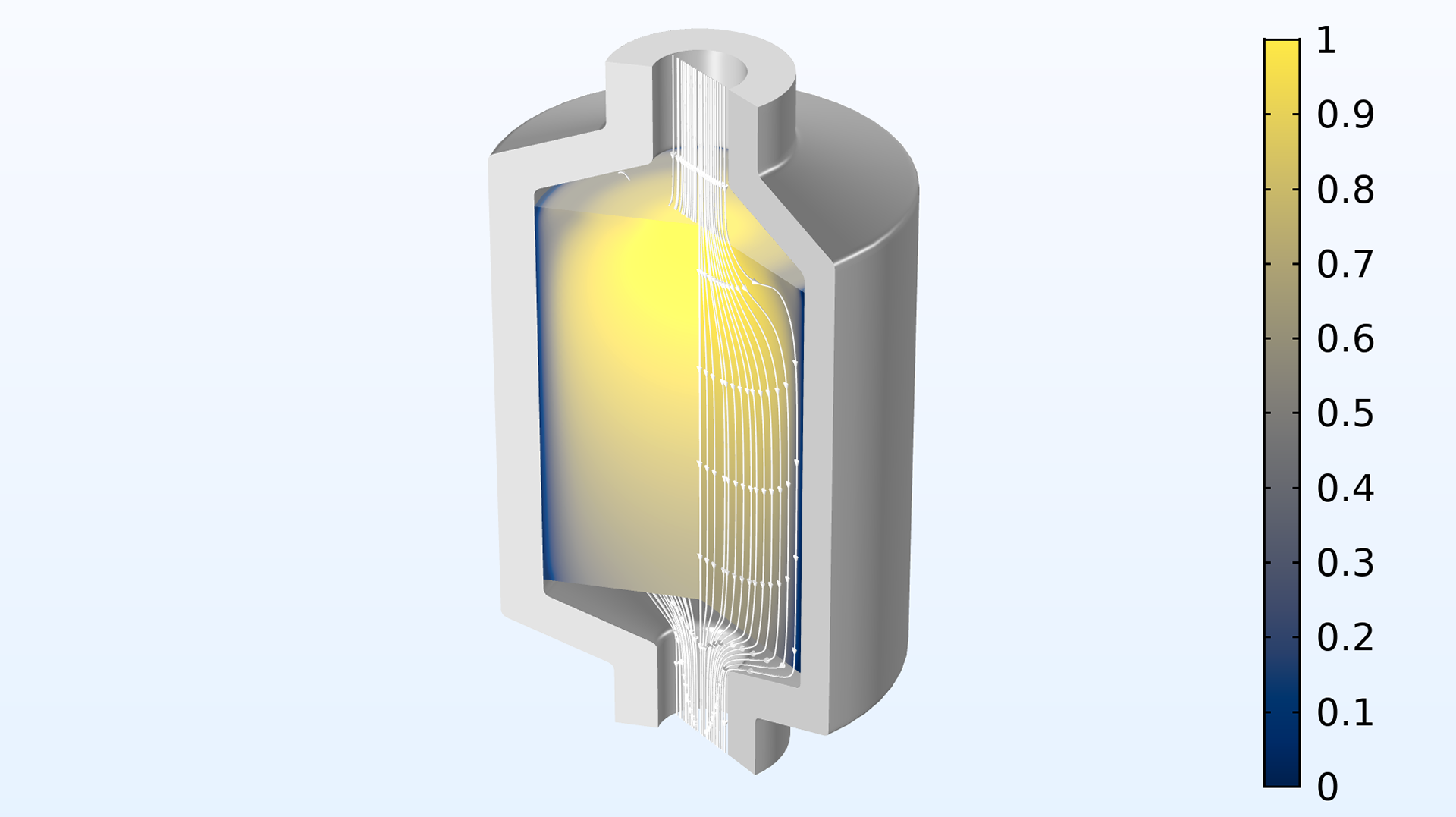
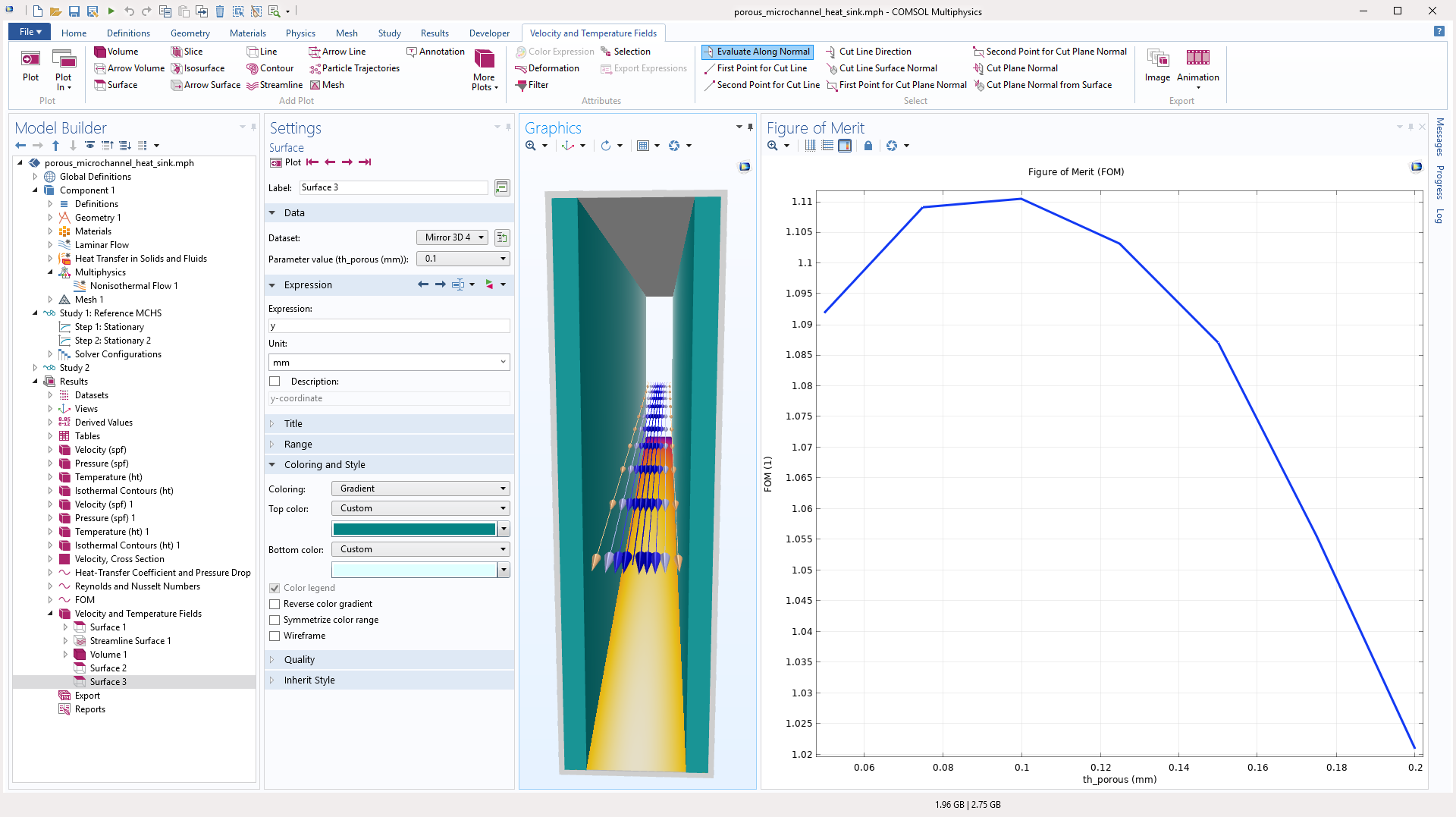
Functionality for phase transport can be combined with the Darcy's Law interface to simulate multiphase flow in porous media with an arbitrary number of phases. Users can specify porous media properties such as relative permeabilities and capillary pressures between phases. These properties are passed between phases with a multiphysics coupling that connects the Phase Transport in Porous Media interface to the Darcy's Law interface.
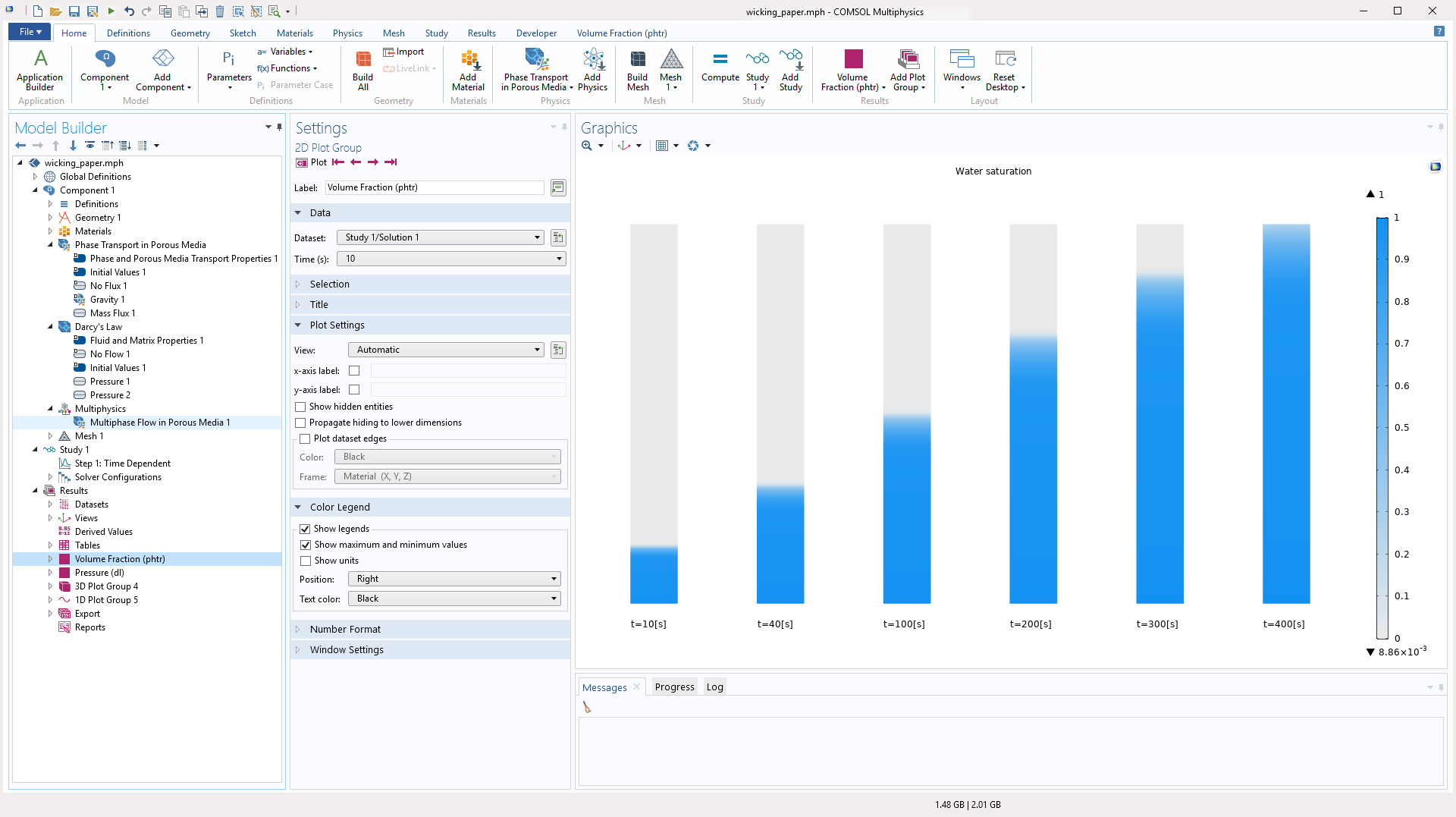
Darcy's law and Brinkman's correction to Darcy's law only apply when the interstitial velocity in the pores is low enough that the creeping flow approximation holds. For higher interstitial velocities, an additional nonlinear correction can be included in the momentum equation. The Darcy's Law and Brinkman Equations interfaces include non-Darcian options for the permeability model, the Forchheimer and Ergun models for the Brinkman Equations interface, and the Forchheimer, Ergun, Burke–Plummer, and Klinkenberg models for the Darcy's Law and Multiphase Flow in Porous Media interfaces.
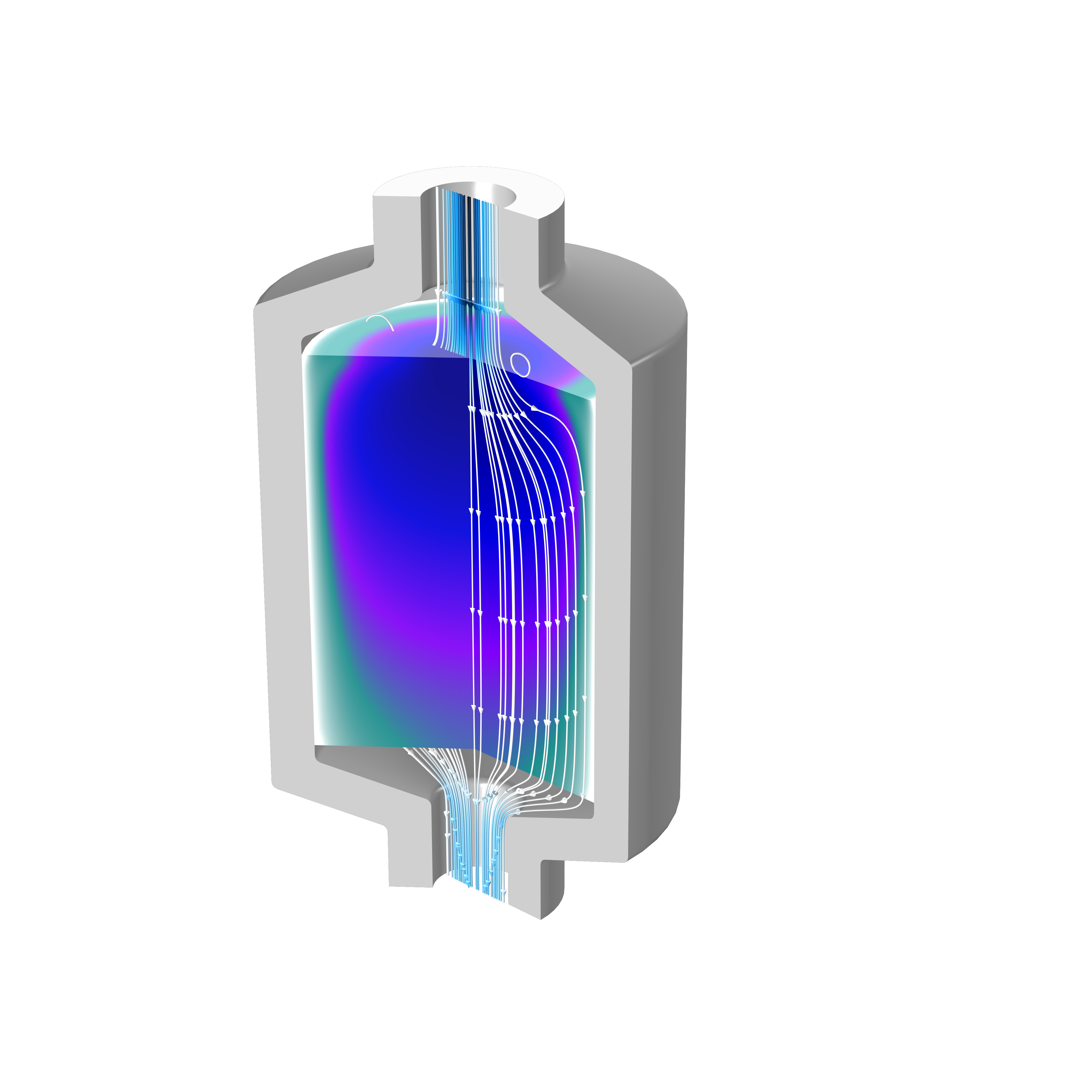
Compaction and swelling can be modelled with a dedicated physics interface for poroelasticity, which combines a transient formulation of Darcy’s law with a linear elastic material model of the porous matrix. The fluid flow affects the compressibility of the porous medium, while changes in volumetric strains will in turn affect the momentum, material, and heat transport. To employ these effects, the Poroelasticity multiphysics interface includes an expression of the stress tensor, as a function of the volumetric strain, and the Biot–Willis coefficient.

For maximum flexibility, the Porous Media Flow Module includes the ability to simulate flow in free media as well as porous media. Modelling transient and steady flows at relatively low Reynolds numbers is possible with the Laminar Flow and Creeping Flow interfaces. A fluid viscosity may be dependent on the local composition and temperature, or any other field that is modelled in combination with fluid flow.
When combined with the CFD Module, it is possible to include non-Newtonian fluids, such as Power Law, Carreau, and Bingham. In general, density, viscosity, and momentum sources can be arbitrary functions of temperature, composition, shear rate, and any other dependent variable, as well as derivatives of dependent variables.
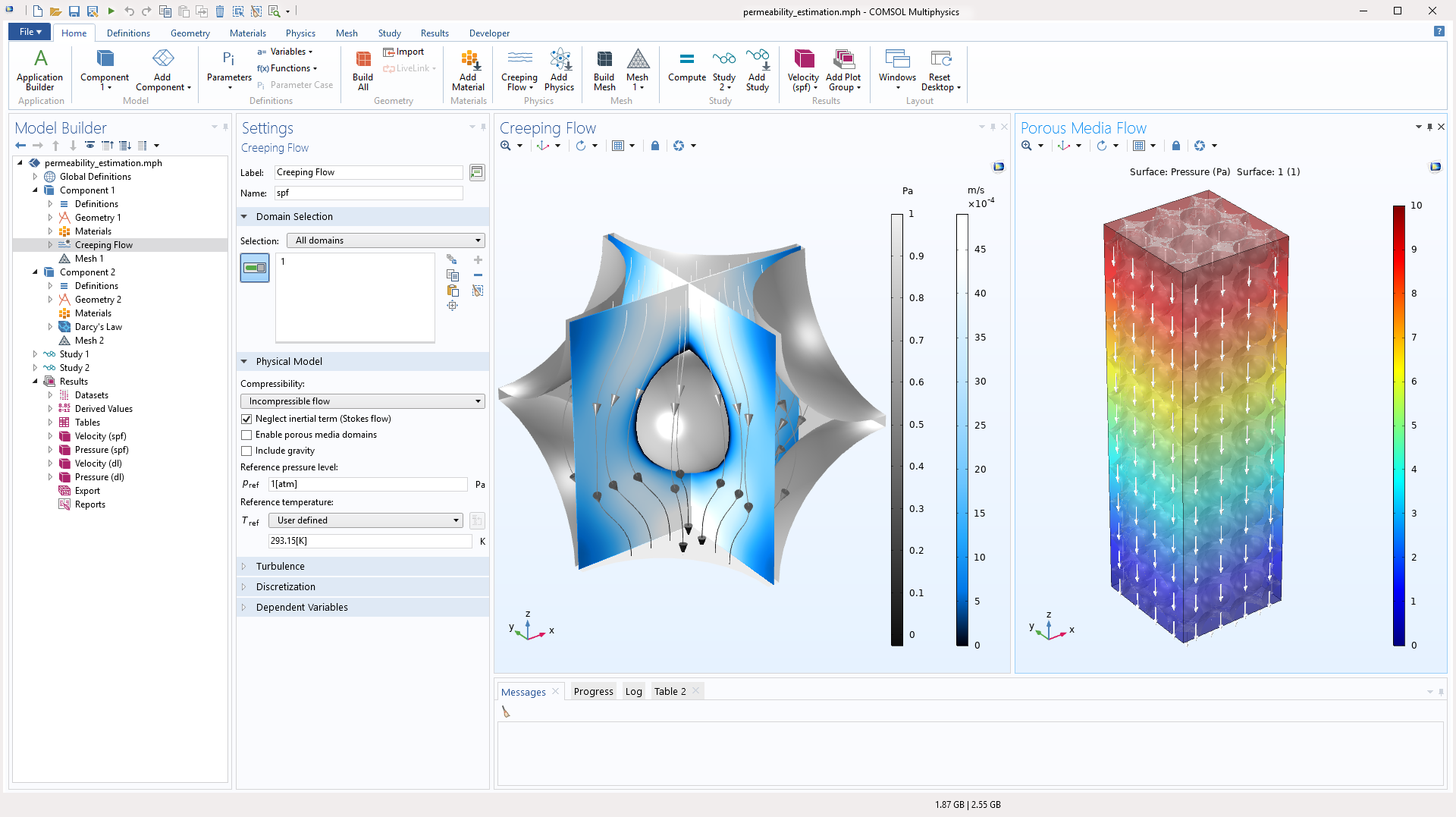
The COMSOL Multiphysics® simulation software contains intuitive functionality for defining material transport in dilute solutions or mixtures through convection, diffusion, adsorption, and volatilisation of an arbitrary number of chemical species. These are easily connected to definitions of reversible, irreversible, and equilibrium reaction kinetics. With the Porous Media Flow Module, you are able to extend this functionality to porous media and fractures.

In order to fully evaluate whether or not the COMSOL Multiphysics® software will meet your requirements, you need to contact us. By talking to one of our sales representatives, you will get personalised recommendations and fully documented examples to help you get the most out of your evaluation and guide you to choose the best license option to suit your needs.
Fill in your contact details and any specific comments or questions, and submit. You will receive a response from a sales representative within one business day.